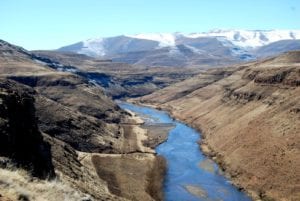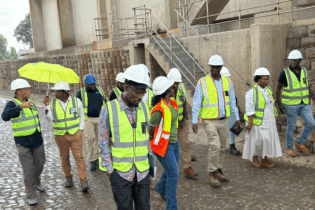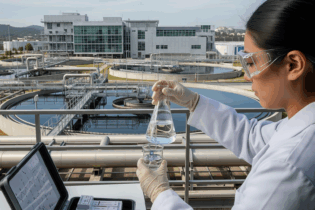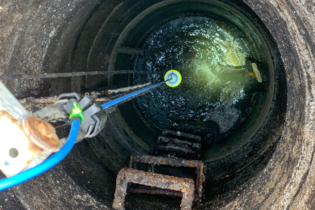The contractor appointed to construct the Polihali diversion tunnels is expected to be on site this month, with the works anticipated to be completed in approximately 18 months.
The Lesotho Highlands Development Authority (LHDA) recently announced the awarding of the contract for the construction of the Polihali diversion tunnels to SCLC Polihali Diversion Tunnel Joint Venture (JV). The JV brings together international, South African and Lesotho expertise, comprising Salini Impregilo S.p.A (South African branch), Cooperativa Muratori Cementistri CMC di Ravenna (South African branch), LSP Construction (Lesotho) and CMI Infrastructure (South Africa).Polihali diversion tunnels
“The diversion tunnels are essential to facilitate the construction of the Polihali Dam. Their construction is an important element of the advance infrastructure works which started towards the end of 2018 with the awarding of the contracts for the Polihali North East Access road and the civils work at Katse and Mokhotlong. The advance infrastructure will largely be completed prior to commencement of construction of the Polihali dam and the Polihali to Katse water transfer tunnel,” confirms Tente Tente, the LHDA’s Divisional Manager, Phase II. The diversion tunnels will divert water away from the natural river bed to create a dry foundation and work area needed for the construction of a dam. Their construction usually goes along with the building of cofferdams, one upstream and one downstream of the proposed dam, which together allows the river flow to bypass the dam foundation area. In the case of the Polihali Dam, two diversion tunnels will be constructed to divert the waters of the Senqu River. Building two tunnels will increase the capacity to carry floods and will provide flexibility to work in one tunnel while the river flows in the other one. The tunnels – one 7 m in diameter and the second 9 m – are both almost a kilometre in length and will run parallel to each other from the intake point to the outlet downstream of the dam. They will be excavated by drill and blast method, and will be supported by rockbolts and shotcrete as required.The Metsi a Senqu-Khubelu Consultants Joint Venture (MSKC) which also includes a number of South African and Lesotho-based firm – Aurecon (SA), Knight Piesold (SA), Hatch Goba (SA), SMEC (SA) and FM Associates (Lesotho) – has designed the diversion tunnels and will also supervise the construction work.








